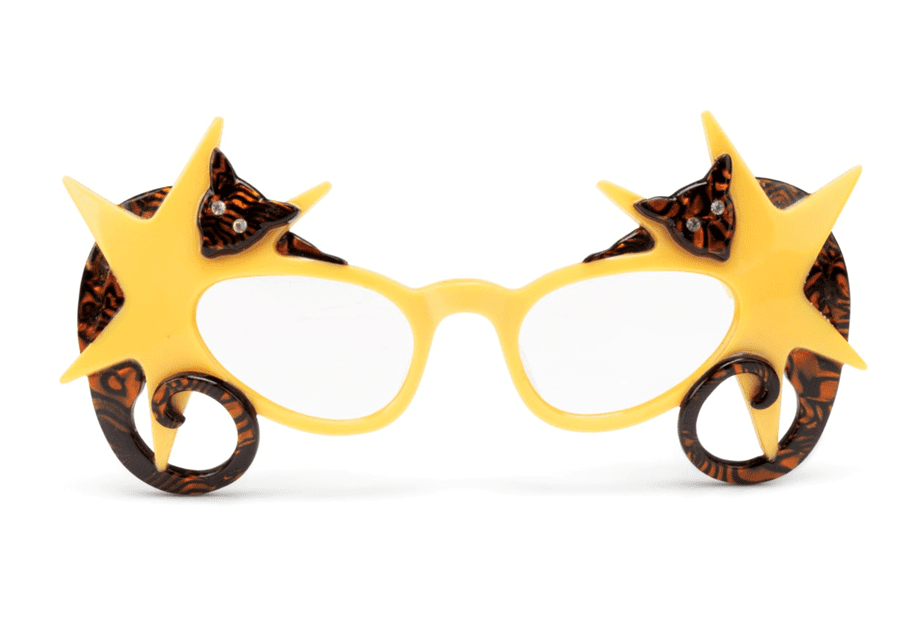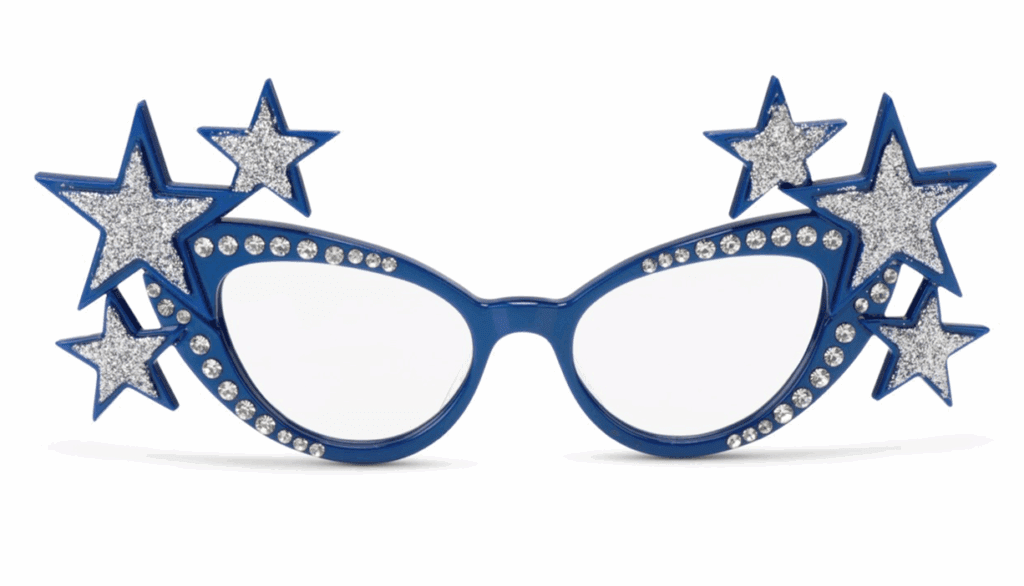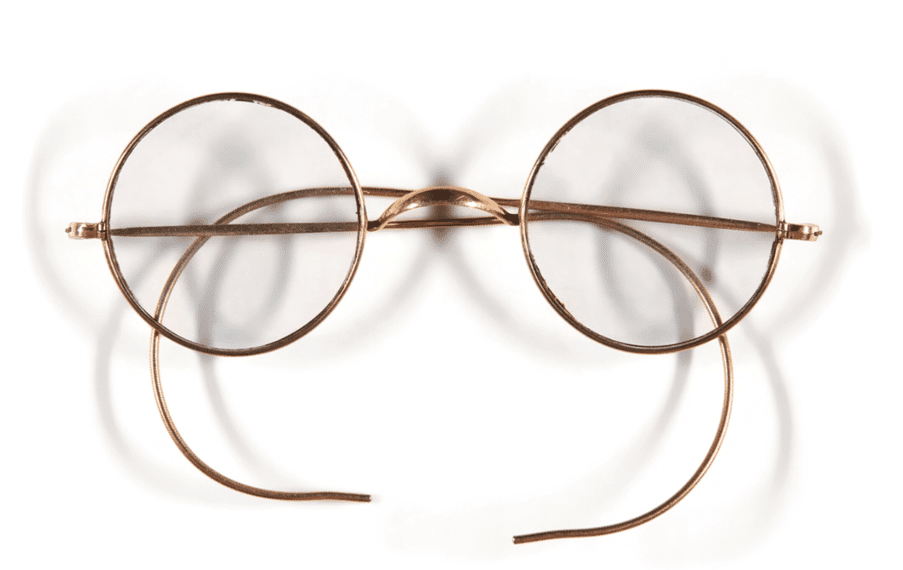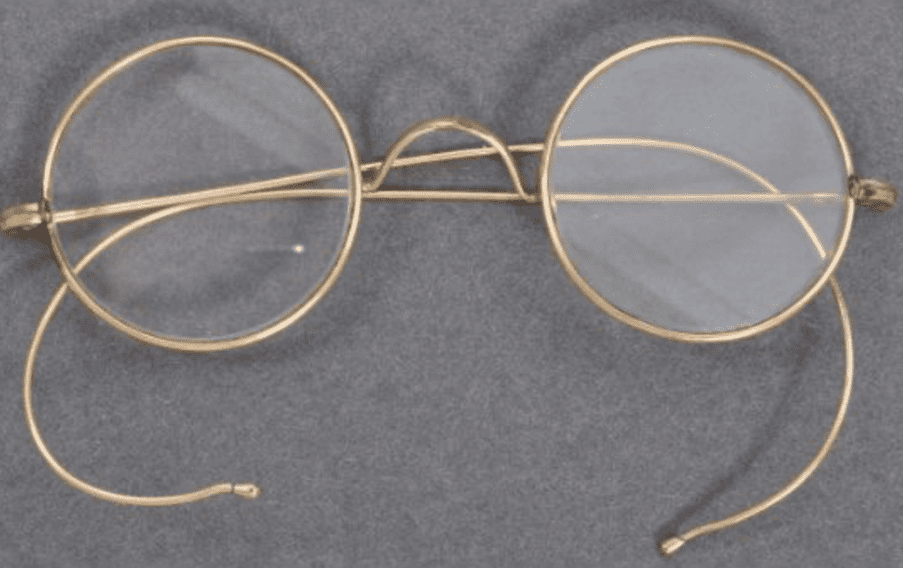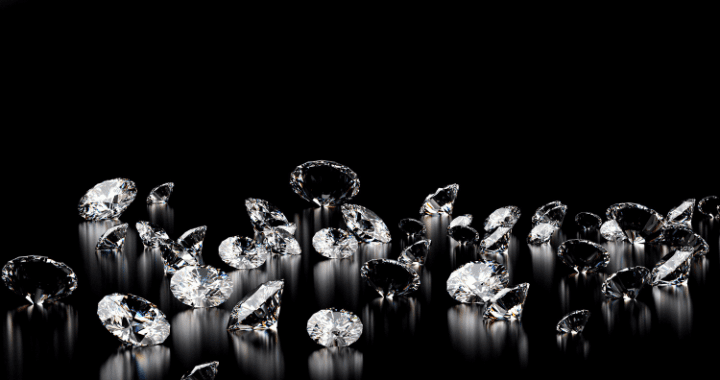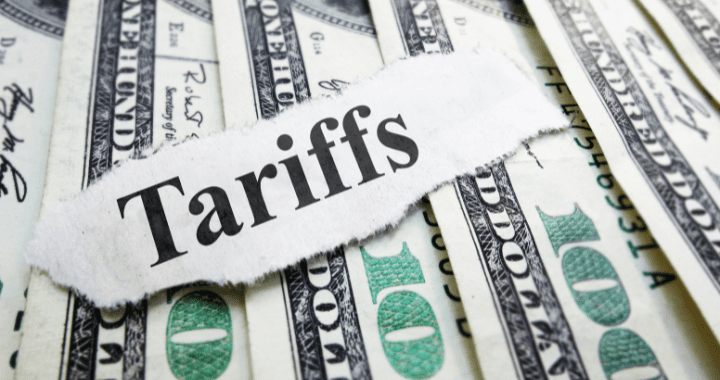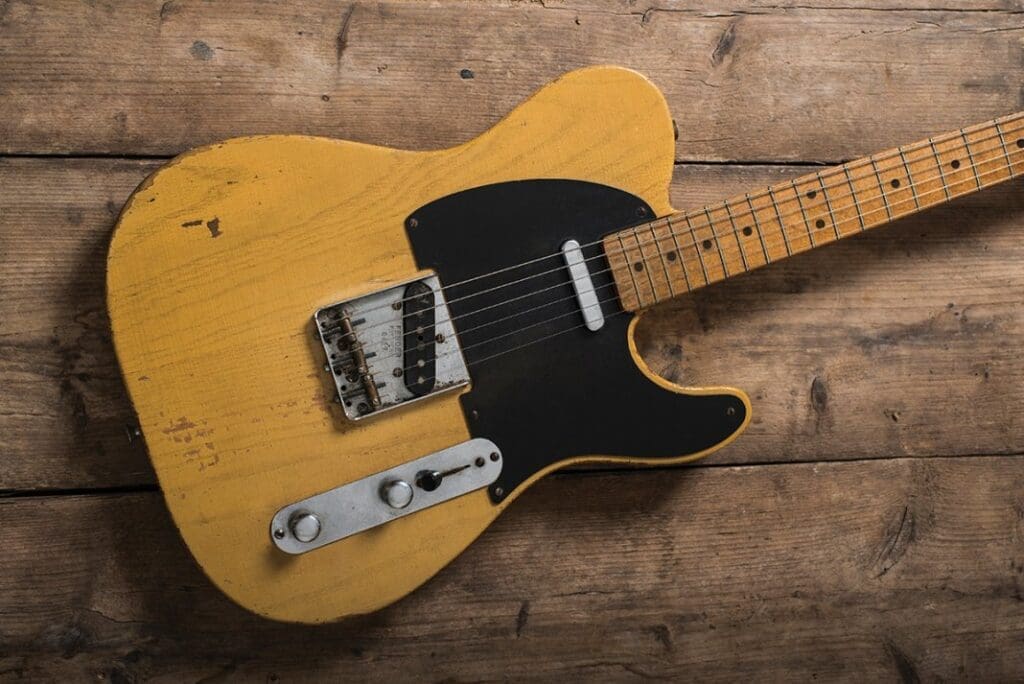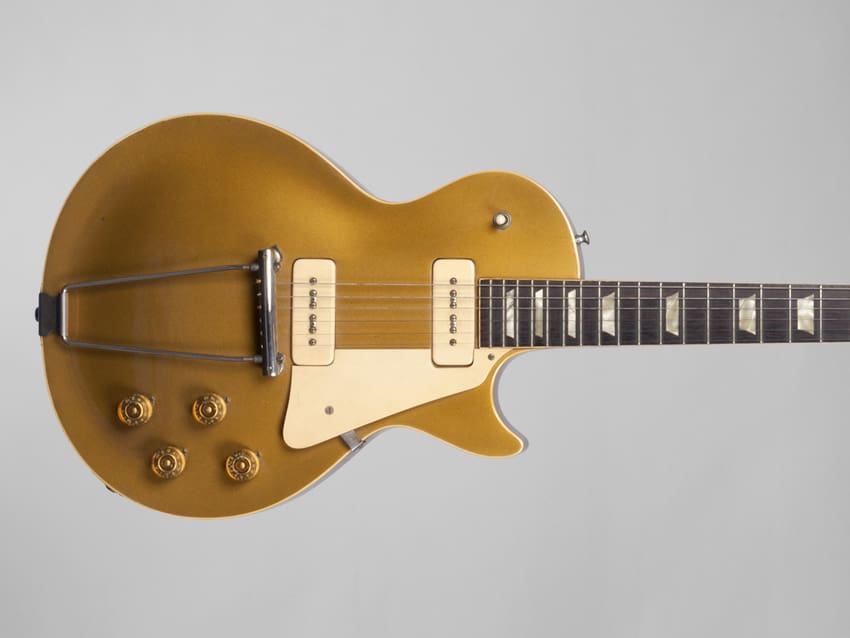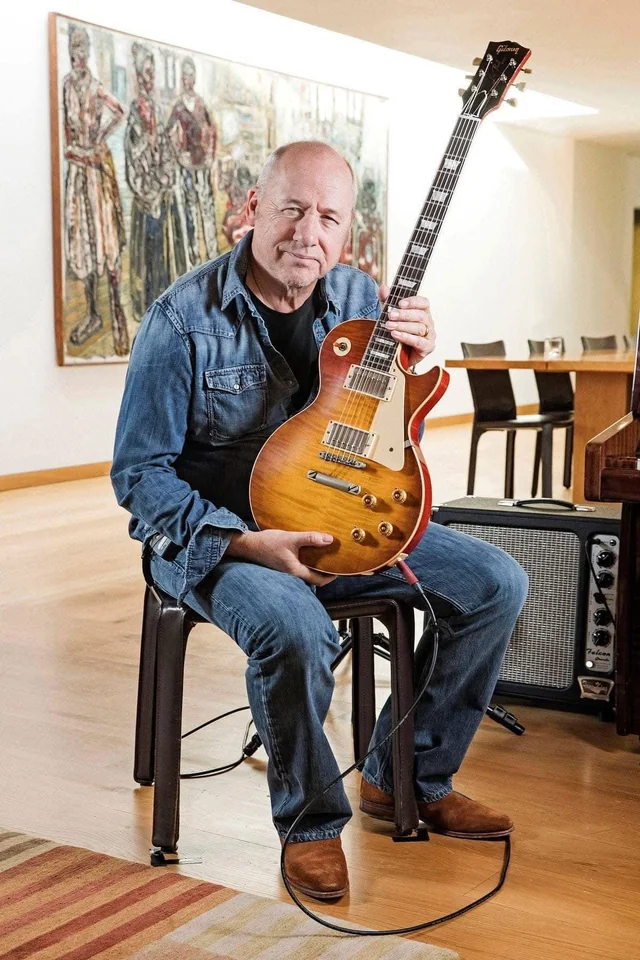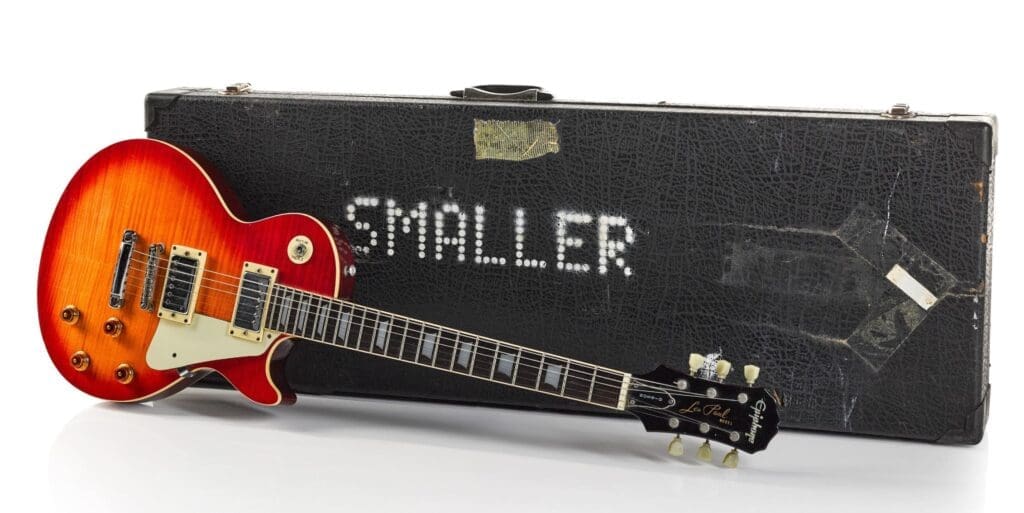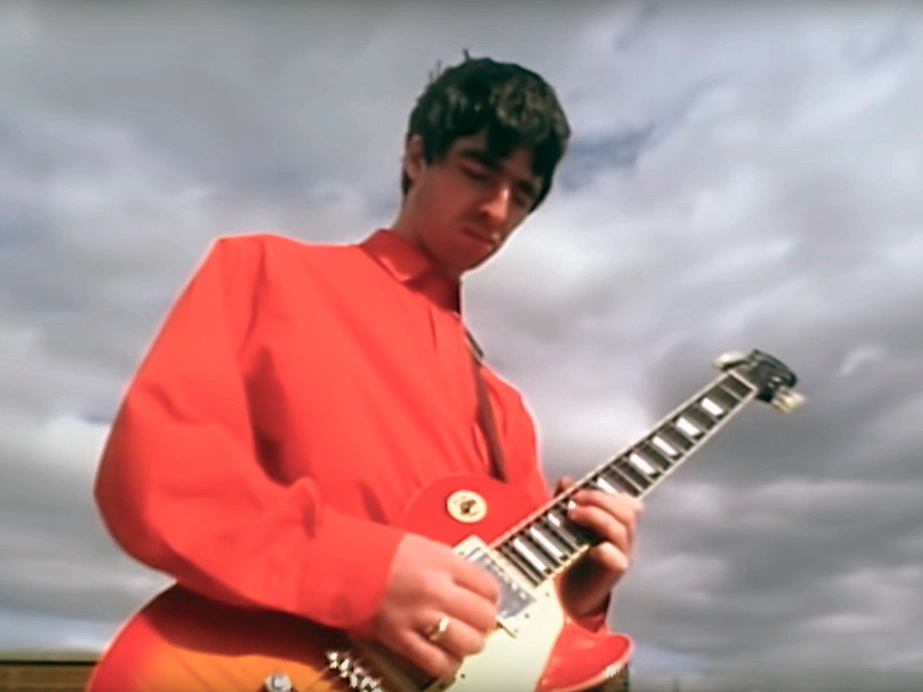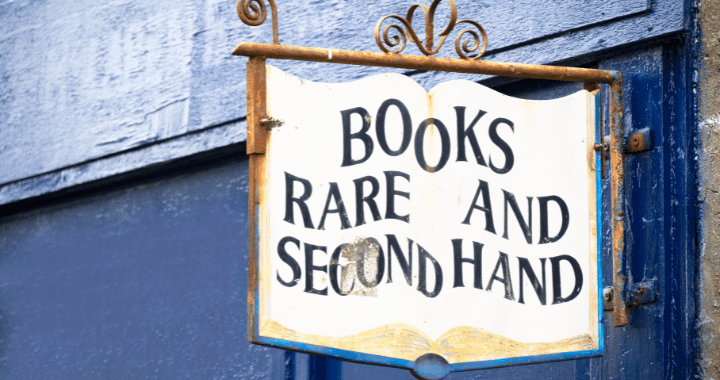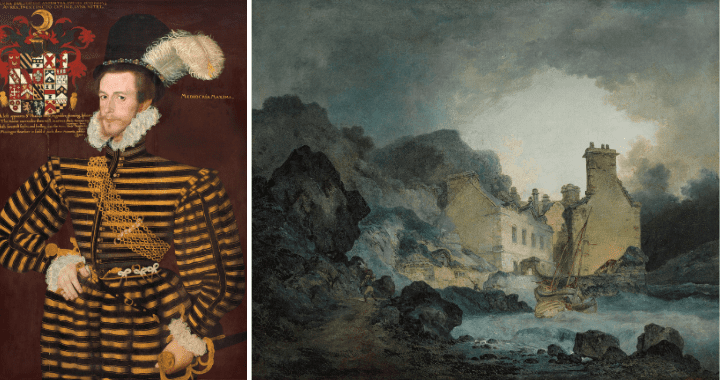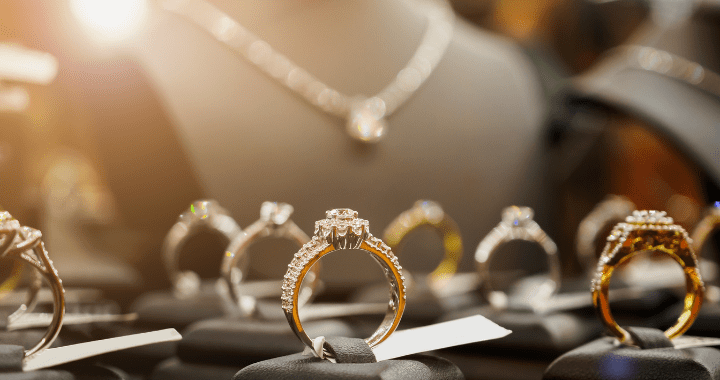In the Pantheon of popular British artists of the 20th century in which I include Helen Bradley and L S Lowry, Beryl Cook (1926 – 2008) stands out for so many reasons. Not only because despite being entirely self taught, she was a commercially savvy and successful artist, but also for her vibrant and humorous approach to her subject matter. She painted ordinary people like you and me or others we know and love, having fun with friends and family and living their best lives.
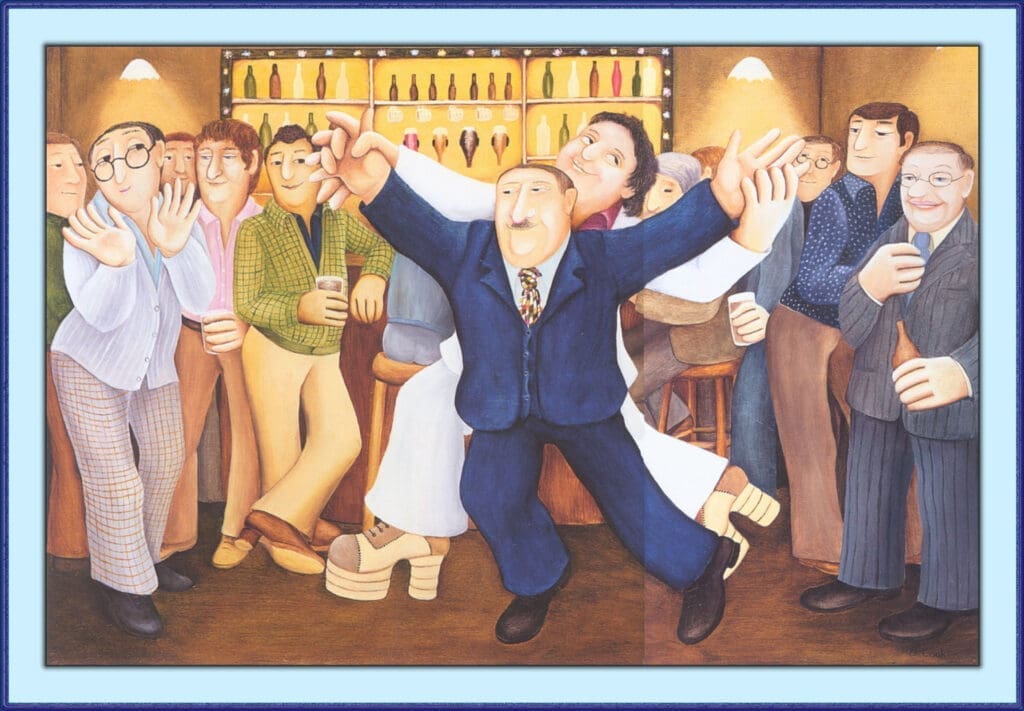
Biography & Beginnings
Born, Beryl Francis Lansley in Egham, Surrey, on 10 September 1926, she left school at 14 and held various jobs in and around London, including working as a showgirl and also in fashion—experiences that later influenced her keen observation of style and human behaviour.
In the early 1950s, after marrying and moving to Southern Rhodesia (now Zimbabwe), she painted her first picture using her son’s paintbox. Upon returning to England in the 1960s, she settled in Plymouth. By now in her 40’s Beryl took on art as her full time career, she rolled up her sleeves and began painting furiously and seriously—often on whatever surfaces were at hand!
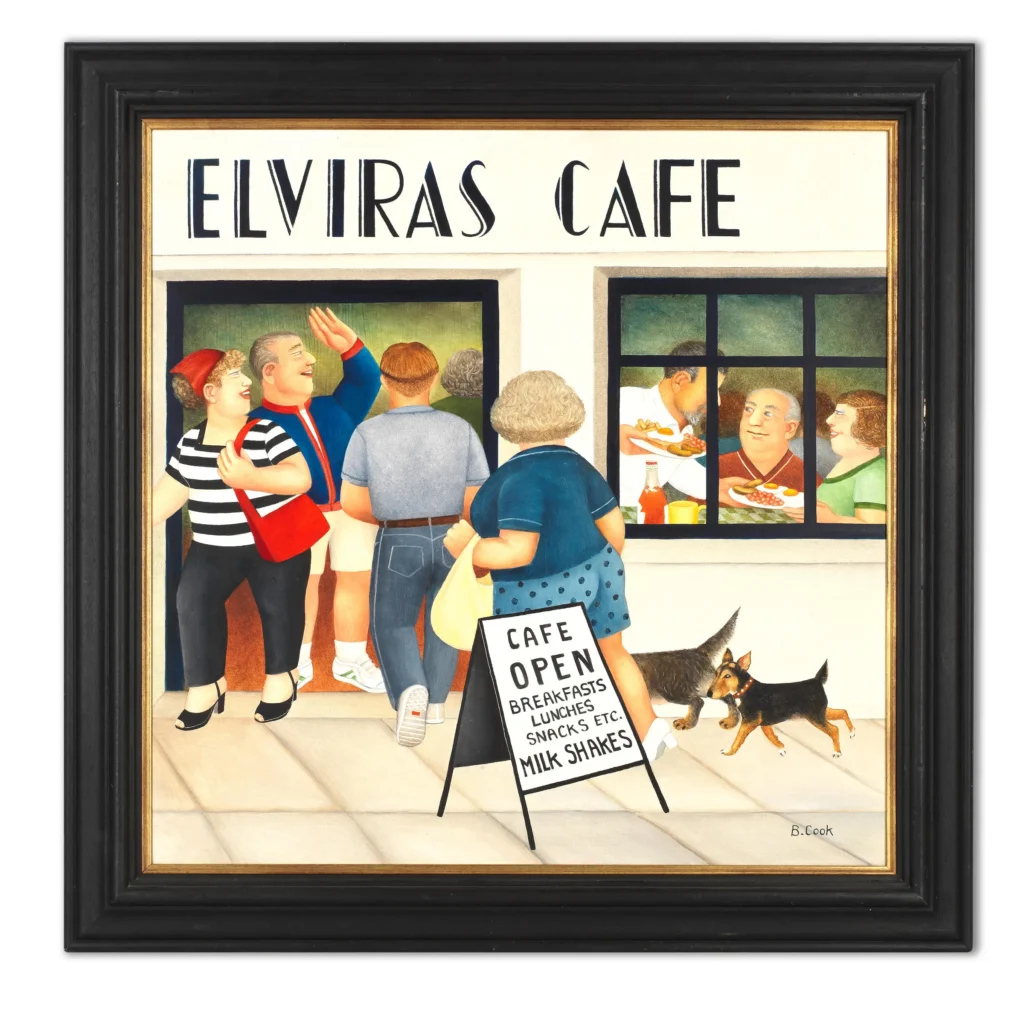
Her first exhibition in 1975 at Plymouth Arts Centre was a breakout success, boosted by features in the Sunday Times Magazine and leading to continuous exhibitions at London’s Portal Gallery spanning 32 years. In the early 90’s her work began making an impact on the auction market with her by then very recognisable paintings making between £3,000-6,000. These days her pictures can make well over ten times as much as this, the current auction record stands at £82,000 for one of her signature works, ‘Elvira’s Café’ which sold in a London auction in 2022, when it left its £12,000-18,000 pre-sale estimate way behind!

Artistic Style & Themes
Cook remarkably created over 500 paintings during her career all in her own unique style that owes nothing to any existing Schools of Art or artistic movements, to anyone else this would have presented them with difficulties, however in Beryl’s world everybody she saw was potential subject matter.
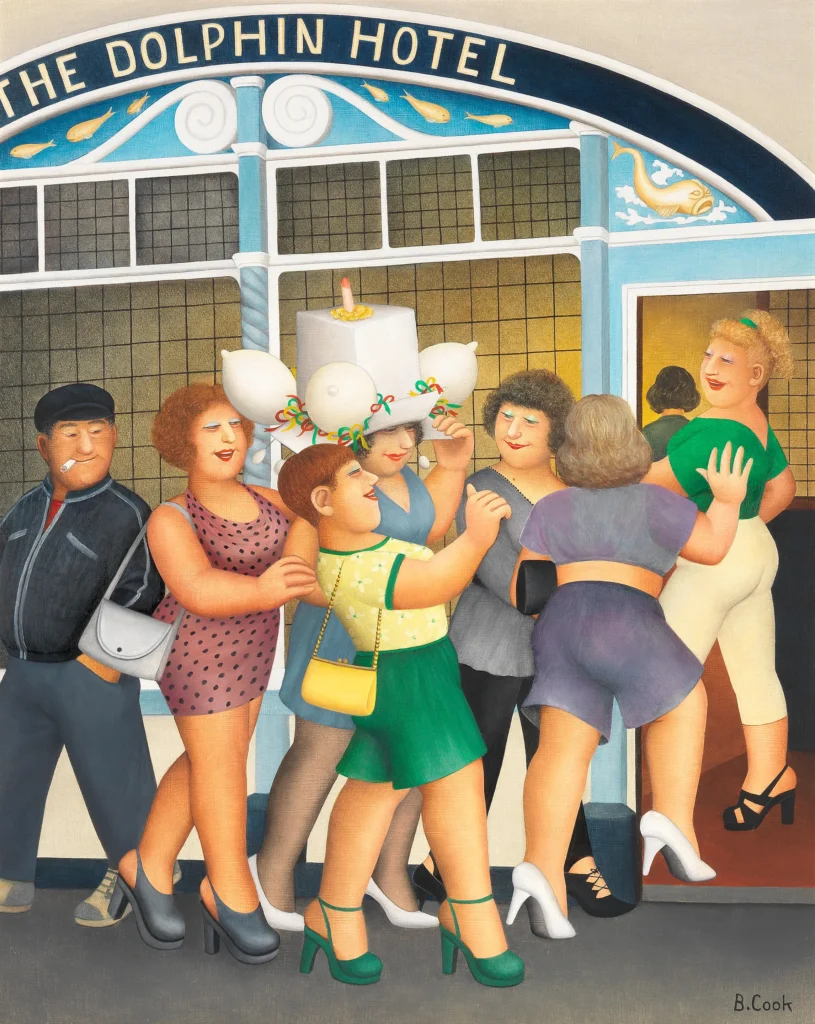
Many of us may be quite familiar with her style without realising it, her work is published widely and once seen is instantly recognisable afterwards with her exaggerated, rounded figures, painted in bold and bright oil colours, scenes of everyday social life—pubs, clubs, hen nights, weddings, parties, holidays—all convey a familiar warmth, humour, and humanity. Described playfully by comedian Victoria Wood as “Rubens with jokes,” her work mixes generous forms with playful satire, celebrating life through accessible, often cheekily amusing compositions.
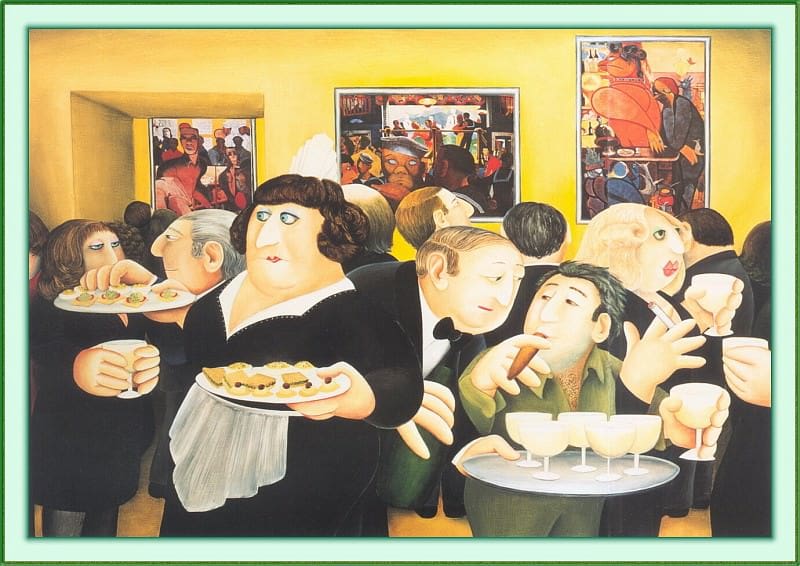
Early opinions on her work from critics largely viewed her subjects as populist and kitsch, however these views are hastily being reassessed for today’s more enlightened views and her paintings of working class women are now seen as empowering and celebratory.
Legacy & Recognition
Beryl was awarded an OBE in 1995 for services to art, and her work hangs in major UK collections and institutions, including Plymouth’s The Box, Bristol and Glasgow museums, and has featured in retrospective exhibitions at the Baltic in Gateshead (2007), Bristol (2008), and Plymouth (2017).
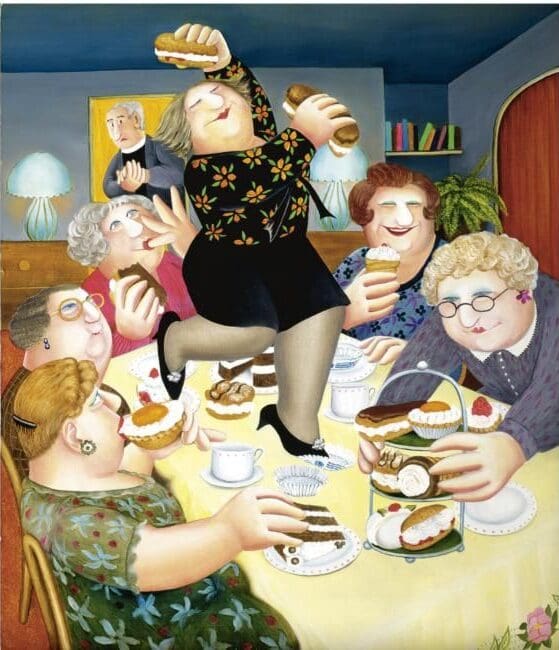
International exposure came later, with two major US exhibitions in New York and LA under the title Beryl Cook Takes New York/L.A., bringing her colourful subjects illustrating her view of life and people in LA and New York.
In 2024, Studio Voltaire in London hosted a dialogue style exhibition pairing her work with artist Tom of Finland, exploring themes of gender, class, sexuality, and pleasure. The gallery launched a public appeal to locate original works held in private collections for the show.

A major exhibition of previously unseen and cherished works is set for Plymouth in January 2026 at The Box, giving new attention to her contributions and personal archive including letters and private reflections
Cook captured ordinary people enjoying themselves with empathy and vivacity. Her work transcends class and culture by focusing on universal themes of camaraderie, celebration, and everyday joy. Despite being largely ignored by the art establishment in her day, her legacy continues through exhibitions, reproductions, and cultural reappraisals that stretch beyond the UK.
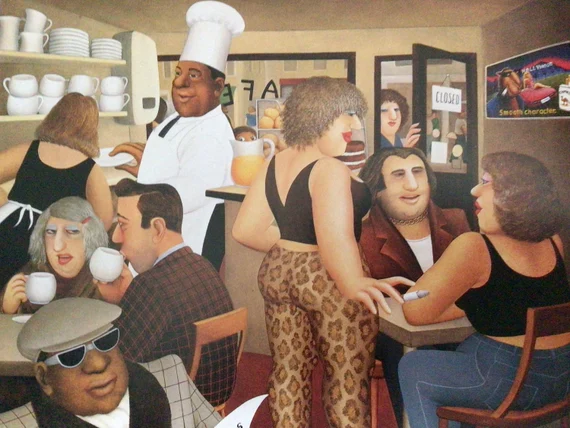
Her playful yet generous vision of humanity remains impactful—and more relevant now as institutions reevaluate the power of “popular” art to reflect and empower everyday life. Thanks to a late blooming passion and unfiltered eye for life’s quirks, Beryl Cook turned vibrant, affectionate snapshots of ordinary people into a truly celebratory art legacy.
To arrange an art valuation, all us on 01883 722736 or email us at [email protected]






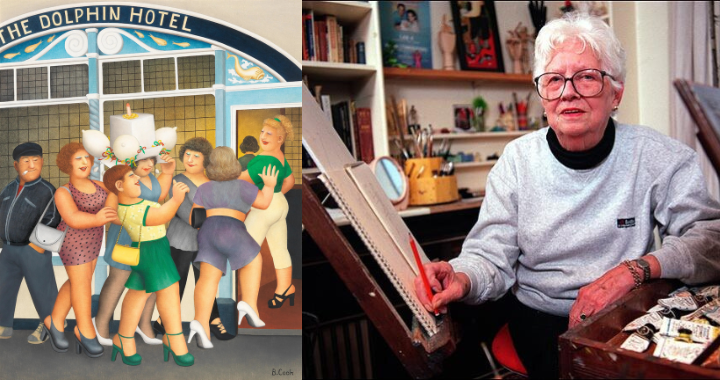














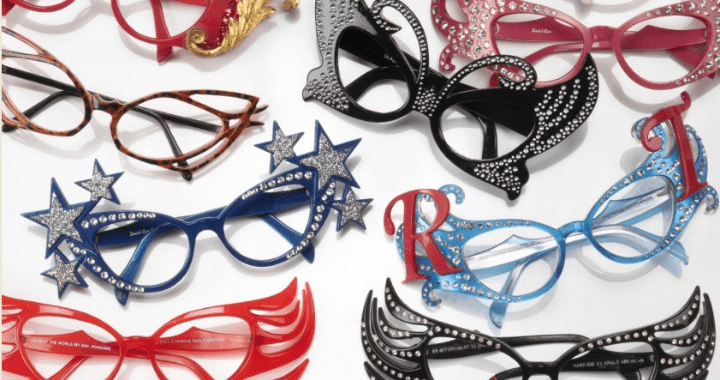
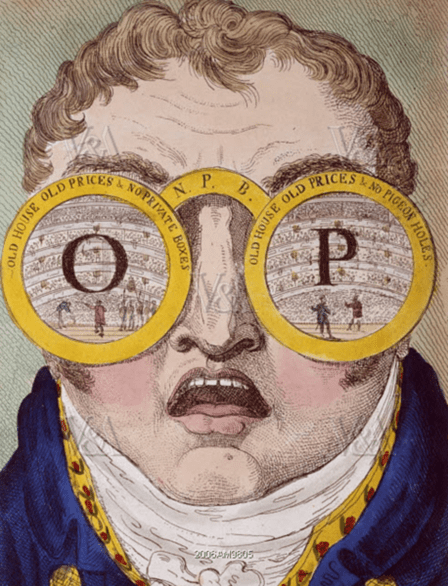
![BONHAMS, 31st January 2025, Americana Week, Lot 5 – A late 19th century trade sign – Sold for $16,640 [Insurance replacement £25,000]](https://b3852173.smushcdn.com/3852173/wp-content/uploads/2025/08/BONHAMS-31st-January-2025-Americana-Week-Lot-5-–-A-late-19th-century-trade-sign.png?lossy=2&strip=1&webp=1)
